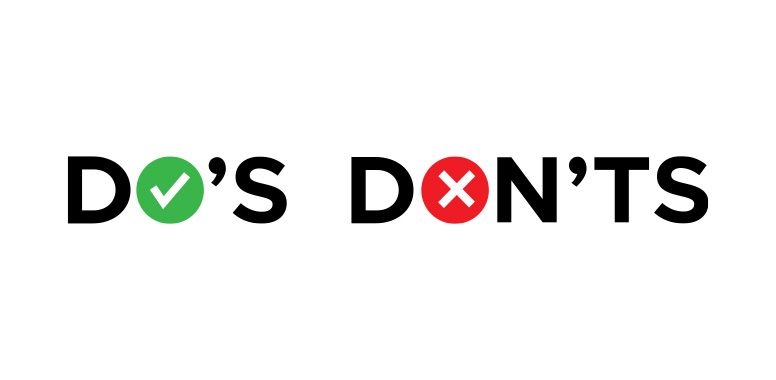By William Fikhman
•
April 15, 2025
Amazon has become the go-to marketplace for both shoppers and sellers. But as the competition intensifies, simply having a great product and a well-optimized listing isn’t enough. To win the digital shelf and convert clicks into customers, Pay-Per-Click (PPC) advertising is essential. However, effective Amazon PPC management is a full-time job. With constant algorithm updates, shifting bid strategies, keyword research, campaign structuring, and performance tracking, it’s easy for sellers to get overwhelmed — or worse, burn through ad spend without a positive return. That’s where outsourcing comes in. Whether you're considering a specialized virtual assistant (VA) or a professional agency, handing over your PPC efforts to experts is one of the smartest long-term investments you can make. Here’s why. 1. You’ll Get a Strategy — Not Just Ads Most DIY advertisers focus on basic tasks like running Auto campaigns or targeting high-volume keywords. A PPC expert does more than just place ads — they build strategies. When you outsource to an agency or specialist VA, you gain access to structured plans built around: Product lifecycle (launch, growth, maturity) Profitability goals Inventory health Market trends Strategic campaign layering (branded, competitor, category), dayparting, negative keyword sculpting, and advanced tactics like Single Keyword Campaigns (SKAGs) become part of the plan — driving precision and performance. 2. Cost Efficiency: Save More by Spending Wisely Ironically, many sellers resist outsourcing due to cost, but it’s usually DIY campaigns that result in wasted spend. A poorly managed PPC account can eat up profits through: Irrelevant clicks Poor keyword targeting Overbidding or underbidding Ignoring seasonal trends PPC experts know how to maximize every dollar . They focus on ACoS (Advertising Cost of Sales) and TACoS (Total Advertising Cost of Sales) to ensure profitability — not just visibility. In many cases, outsourcing reduces your total ad spend while increasing sales volume, because the ad dollars are being used more effectively. 3. Time is Money: Free Yourself from the Dashboard How many hours per week do you spend: Pulling reports? Checking keyword performance? Adjusting bids? Launching campaigns? These tasks add up fast — especially if you’re juggling inventory management, customer service, listing optimization, and logistics. Outsourcing frees up your time so you can focus on scaling your business, sourcing new products, or even just taking a breath. 4. Stay Ahead of the Curve with Expertise and Tools PPC platforms evolve constantly. Amazon adds new ad types like Sponsored Display, changes to targeting options, or introduces programmatic features — and sellers who don’t adapt fall behind. An agency or seasoned VA is constantly learning, testing, and optimizing. They often have access to: Premium tools like Helium 10, Pacvue, Perpetua, or DataHawk Automation scripts for bid optimization Competitive intelligence platforms Internal Amazon beta programs Keeping up with these trends on your own is a full-time job. Let the pros stay ahead so you don’t fall behind. 5. Better Decisions with Data-Driven Insights PPC management isn’t guesswork. Expert managers track and analyze data relentlessly to drive better decisions. They dive deep into: Keyword conversion rates Search term reports Placement analytics Ad group structure performance A/B testing results This data informs decisions not only for PPC but also for your product listings , pricing , and even inventory forecasting . With the right team, your PPC efforts become an integrated part of your overall business strategy — not just an isolated channel. 6. Custom Campaigns for Every Product Different products require different PPC approaches. Launching a new ASIN, pushing a slow mover, or defending your brand all demand unique strategies. A specialized VA or agency can tailor: Aggressive launch strategies with low ACoS goals Defensive campaigns to fend off competitors Long-tail keyword strategies for niche products Seasonal promotions and lightning deal amplification These nuances make the difference between an okay campaign and a highly profitable one. 7. Scalability Without Growing Pains As your catalog grows, managing PPC in-house becomes exponentially harder. More ASINs mean more campaigns, more keywords, and more data to analyze. An outsourced team is built to scale with you. Whether you're adding 10 new SKUs or launching in a new marketplace (like Amazon UK or CA), they can expand your ad strategy without a hitch — ensuring performance doesn’t drop as your store grows. 8. Gain an Edge with Cross-Functional Support Some agencies go beyond PPC — offering cross-functional support like: Listing optimization (images, copy, A+ content) Brand storefront design DSP advertising (Demand Side Platform) External traffic strategies (Google Ads, influencers) Brand protection services This full-service model means your advertising doesn’t exist in a silo. Everything works together to drive growth — from your keywords to your creative to your brand integrity. 9. Avoid Costly Mistakes and Amazon Violations Amazon has strict advertising policies. One mistake — like using restricted keywords or violating category rules — can get your ads suspended, or worse, get your account flagged. PPC professionals know how to operate within Amazon’s rules while pushing the envelope to win market share. They can also navigate ad suspensions or technical issues faster than a solo seller fumbling through support tickets. 10. Peace of Mind = Better Business Decisions Lastly, outsourcing gives you peace of mind . Instead of stressing over ACoS or chasing keyword changes, you can make confident, data-driven decisions about your business. You’ll know your ads are in good hands — and that your PPC engine is driving profitability, not draining it. In Conclusion Amazon PPC is no longer a set-it-and-forget-it game. It's a fast-paced, data-heavy, constantly evolving battlefield. If you want long-term success — not just short-term wins — investing in expert PPC management is one of the smartest decisions you can make. Whether you go with a boutique agency or a trusted VA, outsourcing your PPC is about more than delegation — it’s about elevating your brand , improving margins, and freeing your time to focus on growth. Don’t Wait Until It’s Too Late. Let CMO Secure Your Brand Today. 🔒 Book a FREE Consultation with CMO to discuss how we can: ✔️ Enroll you in Amazon Brand Registry , Transparency & Project Zero ✔️ Remove unauthorized resellers and counterfeiters ✔️ Ensure your brand is protected with an expert-led strategy 📞 Schedule Your Free Strategy Call Now! 👉 Your brand’s success starts with protection. Let CMO handle the hard work while you focus on growing your Amazon business. #AmazonBrandProtection #BrandRegistry #CMOServices #IPProtection #EcommerceSecurity #ChiefMarketplaceOfficer #CMO


